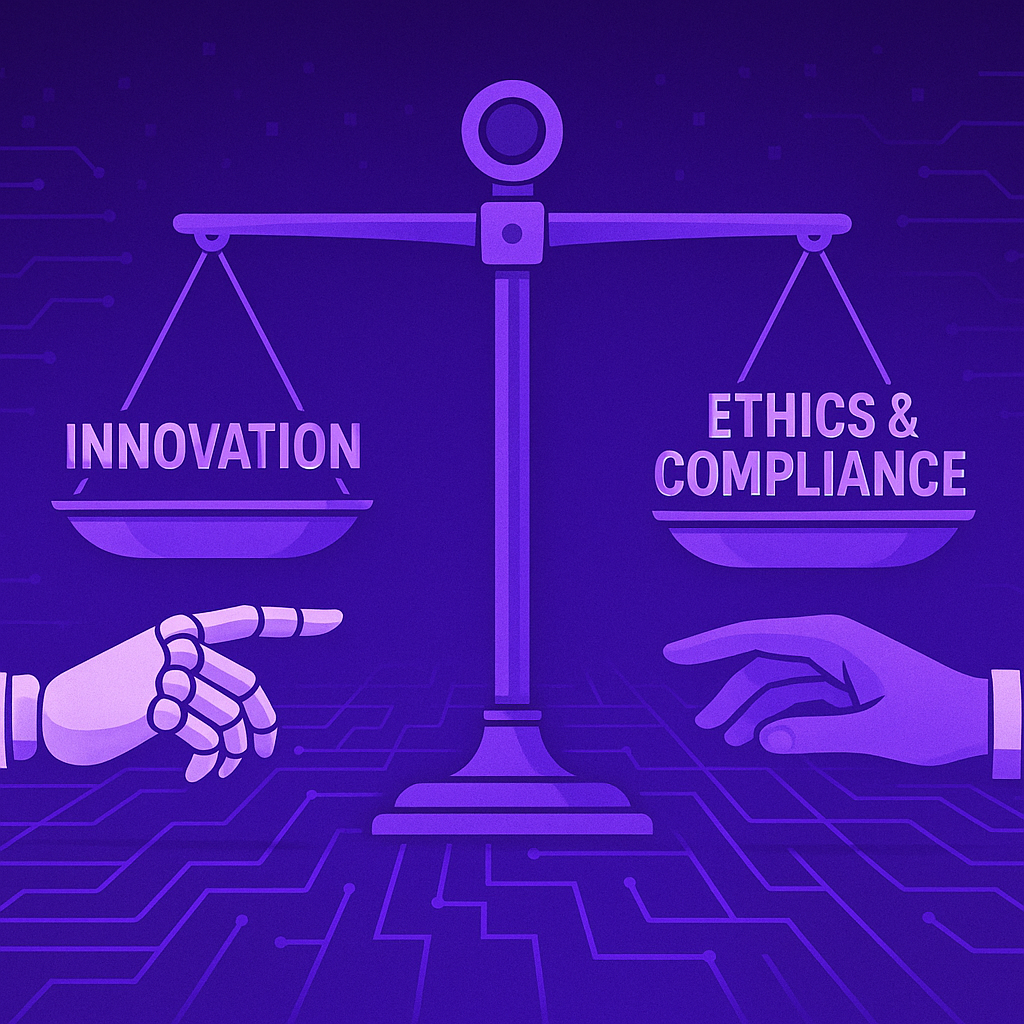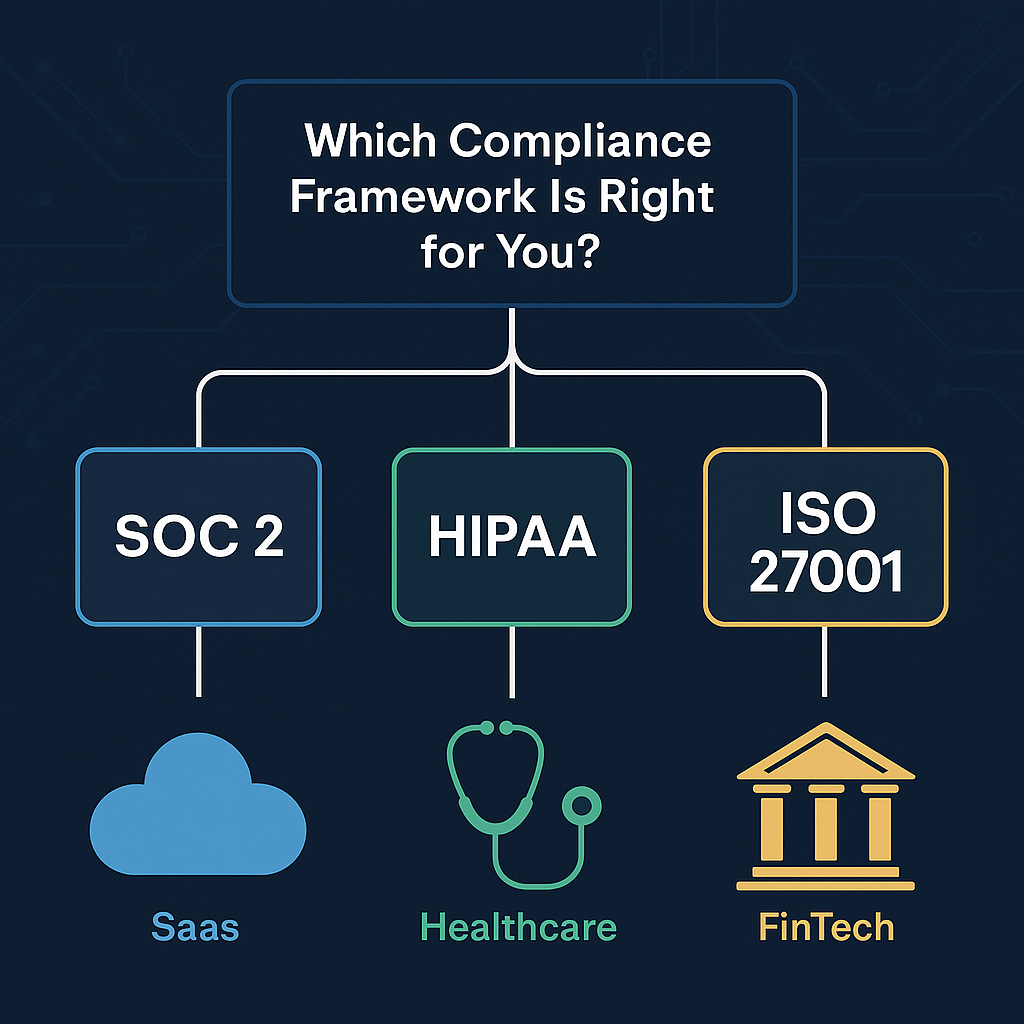Startups thrive on speed.
Speed to market.
Speed to MVP.
Speed to that first big client win.
But when it comes to ISO certification—speed is a double-edged sword. Rushing headfirst into an audit without preparing is like deploying untested code to production: chaotic, stressful, and guaranteed to break something.
Whether you’re targeting ISO 27001 (for information security) or ISO 9001 (for quality management), there’s one thing auditors all agree on: they don’t care how fast you move.
They care how well you plan, document, enforce, and continuously improve your processes.
The good news? Preparing for an ISO audit doesn’t have to be overwhelming. You just need to approach it with the same intention you bring to product launches or fundraising rounds.
Here’s how to lay the foundation for a clean audit—without losing sleep, sanity, or momentum.
1. Document Everything
ISO runs on receipts. If it’s not written down, it didn’t happen.
We get it—startups are allergic to paperwork. You move fast, wear multiple hats, and writing detailed SOPs probably feels like a chore. But ISO frameworks are built on evidence and traceability.
- Your security policies? Documented.
- Your risk assessments? Documented.
- Your onboarding checklist and incident response procedures? Yep, those too.
Start by creating a central documentation hub. This could be a Notion workspace, Confluence wiki, or even a well-structured Google Drive folder. Just make sure it’s:
- Accessible to your team
- Version-controlled
- Regularly updated
A disorganized mess of files buried in personal folders or Slack threads will slow you down later—especially when auditors request proof and you can’t remember where anything lives.
✅ Pro tip: Tag documents with owners and review dates. This helps you track accountability and keeps stale policies from quietly aging in the background.
2. Enforce What You Write
Policies that aren’t followed are worse than no policies at all.
Writing a clean policy is only step one. Auditors want to see that you’re operationalizing your intentions.
If your security policy says you use multi-factor authentication (MFA), your team better be using it—across all critical systems. If you claim quarterly access reviews, there should be a record showing when they were performed and what changes were made.
This is where most startups fall short. They publish templated policies just to “check the box,” without integrating them into real operations.
Fix that by:
- Aligning policies with actual workflows
- Automating recurring compliance tasks
- Training your team on what’s required—and why
Tools like Drata, Vanta, and Secureframe can help bridge this gap. They integrate with your systems (G Suite, AWS, GitHub, etc.) and automatically monitor compliance controls like MFA, password policies, and access logs. They can even alert you when something drifts out of policy.
✅ Pro tip: If you find a gap between what’s written and what’s real, don’t panic—fix the reality or update the policy. Either option is better than pretending everything is fine.
3. Run a Pre-Audit (Internally or with a Consultant)
Auditors are not your QA team—don’t let them be the first to find problems.
One of the smartest things you can do before a real audit is to simulate it.
Run a mock audit internally or with the help of an experienced compliance consultant. Review your documentation, test your controls, and ask yourself the same questions the auditor will. This lets you uncover:
- Missing documentation
- Inconsistent procedures
- Weak or outdated policies
- Gaps in evidence collection
Think of it as a dress rehearsal. The stakes are low, and the payoff is high.
Even a two-day internal audit can uncover issues that might otherwise derail your certification timeline, delay go-to-market plans, or worse—lead to a failed audit that damages credibility with customers and partners.
✅ Pro tip: Many consultants offer fixed-price “gap assessments” that give you a compliance roadmap without committing to a full audit engagement. These are great for first-timers.
Final Thought: Compliance Surprises Are Expensive
ISO certification is about trust.
It signals to your customers, partners, and investors that your business takes security, quality, and operational rigor seriously. It’s more than a stamp—it’s a commitment to maturity.
But that trust is earned through consistency, not just effort.
If you want your audit to go smoothly, don’t treat it like a fire drill. Treat compliance like you would treat technical debt—a manageable investment if handled early, but a brutal bottleneck if ignored.
Build compliance into your company culture. Treat it like a product feature. And start early.
Because when the auditor shows up, you don’t want to explain why your incident log is empty or your policies were “still being finalized.”
You want to smile, hand them clean documentation, and walk away with your certification—minus the drama.
Need help preparing for ISO 27001 or 9001?
CloudSapio helps startups embed smart, scalable compliance practices from day one—without slowing you down.





